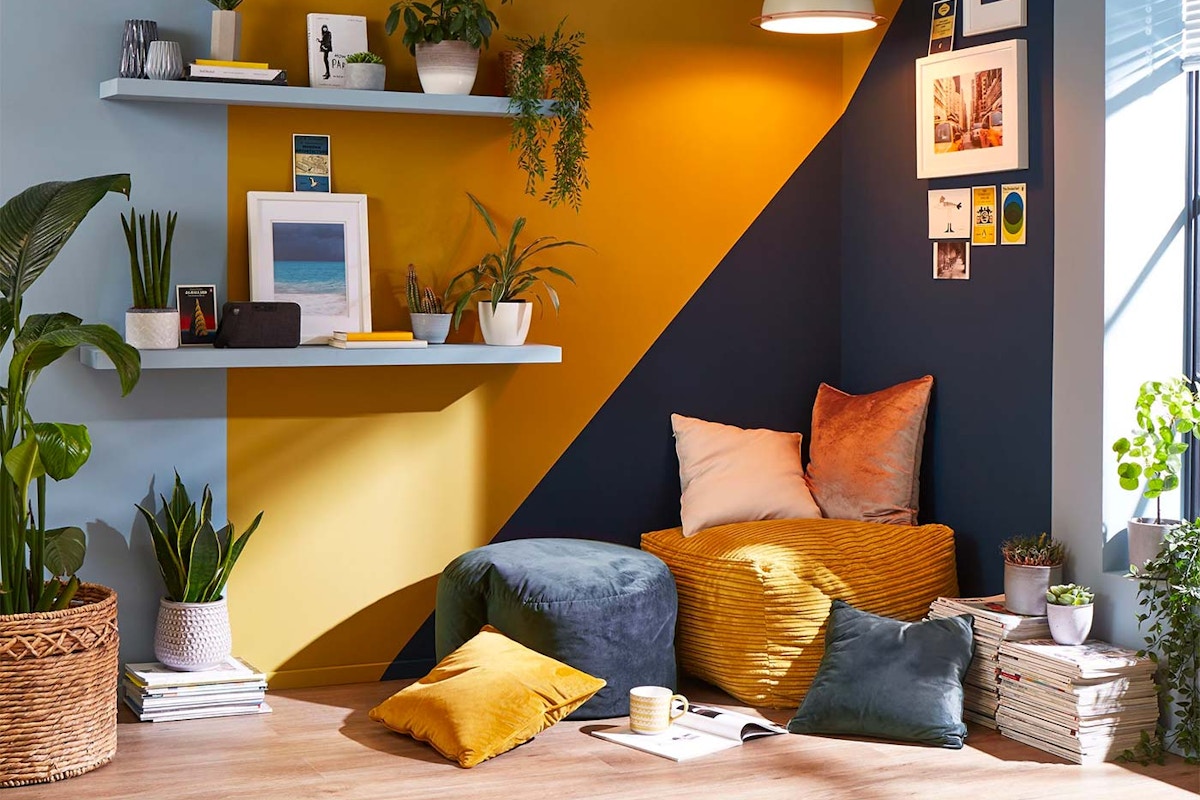Supporting digital and commercial leaders in complex, technical B2B organisations.
Helping Graham & Brown to drive revenue, with conversion up 10.23% and a return on investment of 1.8 weeks.
- 11.6% increase in mobile conversion
- 10.2% increase in desktop conversion
- 1.8 weeks return on investment
Graham & Brown are an iconic British, home-furnishings brand. They have been making homes beautiful since selling their first roll of wallpaper in 1946.
Head of e-commerce, Mark Leach, had an ambitious growth strategy; to increase conversion, grow revenue and expand further into international markets. His goal was to increase sales by 40% year-on-year.
With a new ecommerce strategy in place, and following a successful website relaunch, we turned our attention to ecommerce conversion rate. A critical improvement that was a new checkout flow.
After examining how real users experience the checkout, we created a more streamlined checkout that increased mobile conversion by 11.61% and desktop conversion by 10.23%, which has led to a significant increase in monthly revenue.
The improved checkout has significantly improved the customer experience and helped Graham & Brown to increase conversion and revenue. With a return on investment of 1.8 weeks, the new checkout offers a smooth and seamless shopping experience in any country, language and currency around the world.
- Ecommerce Strategy
- Customer Experience
"I'd like to thank you all for the work you have put in. You have made something that is going to serve our business profitably for years to come."
Mark Leach - Head of eCommerce, Graham & Brown
